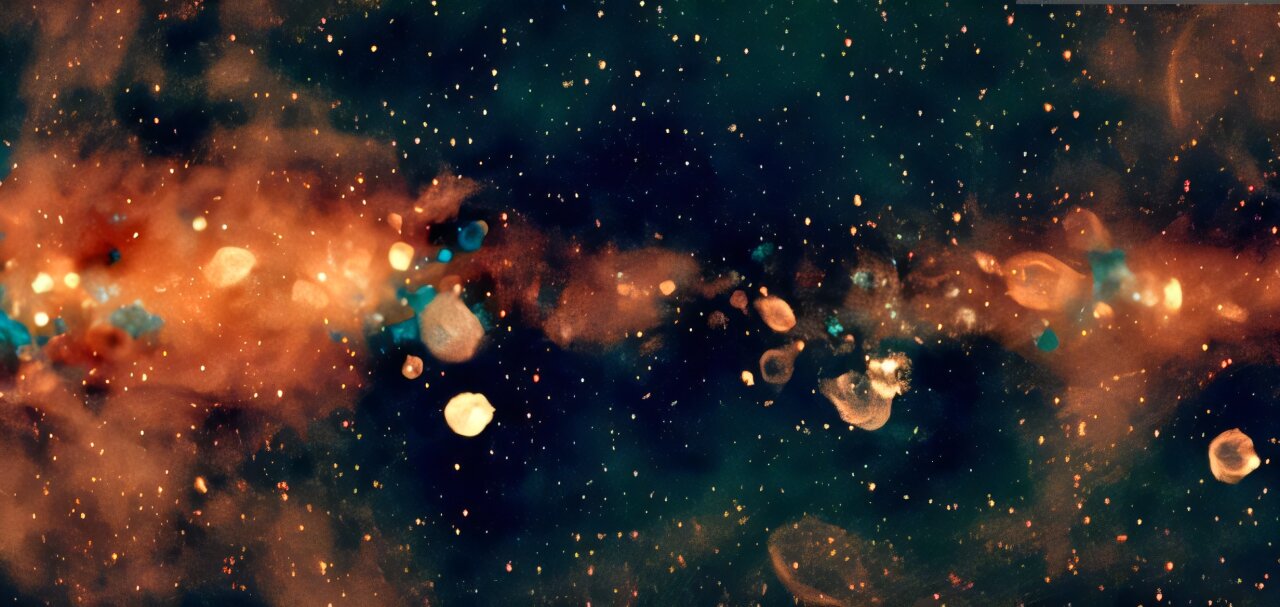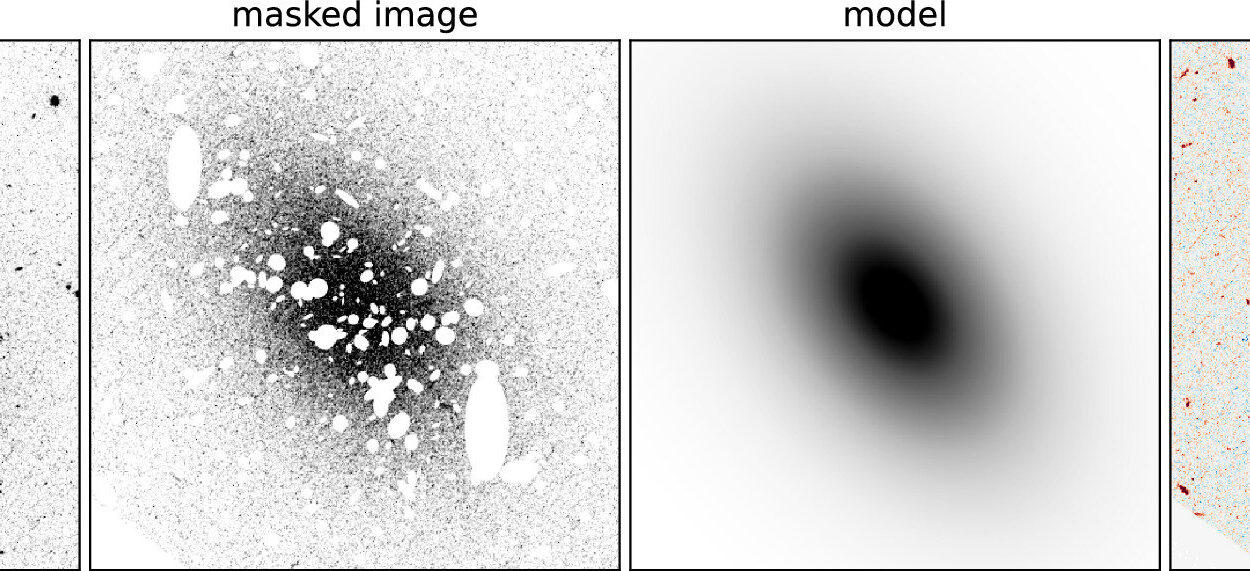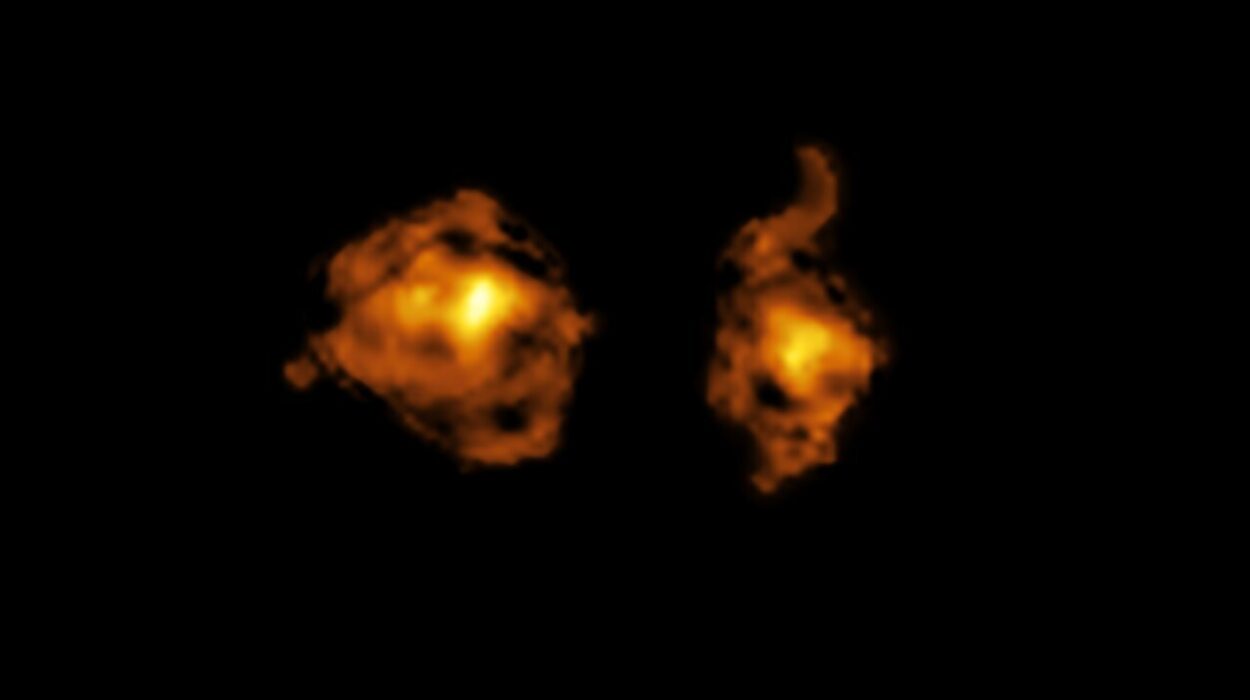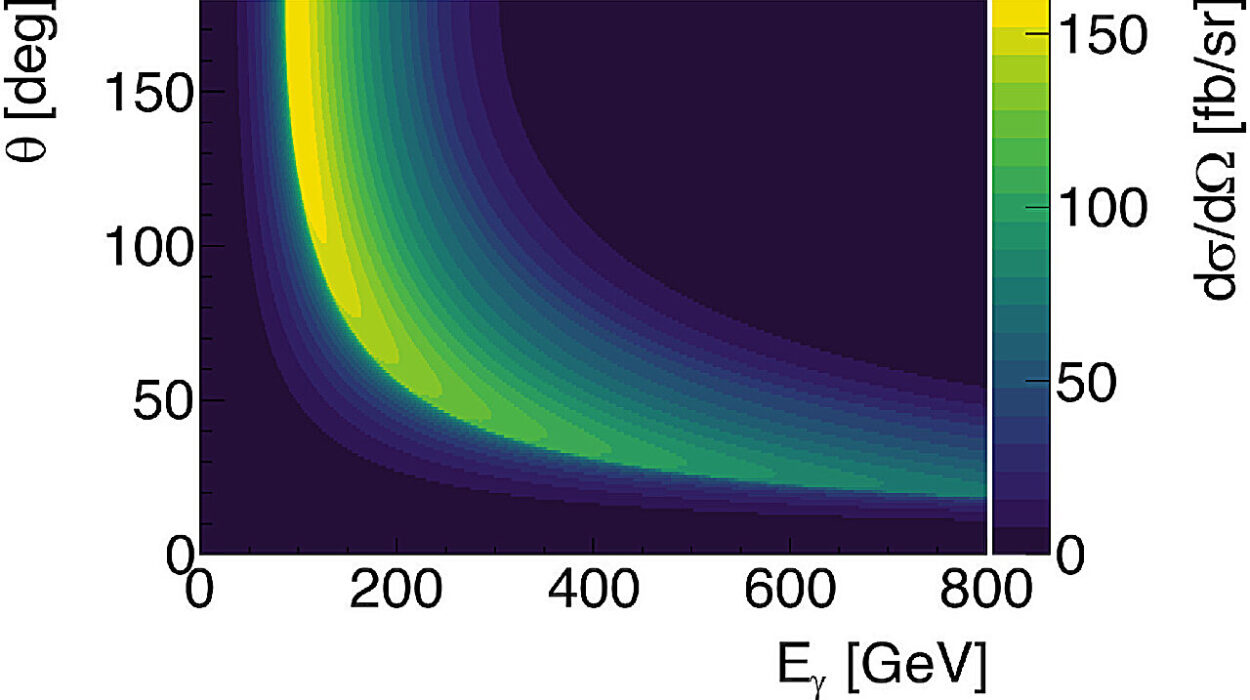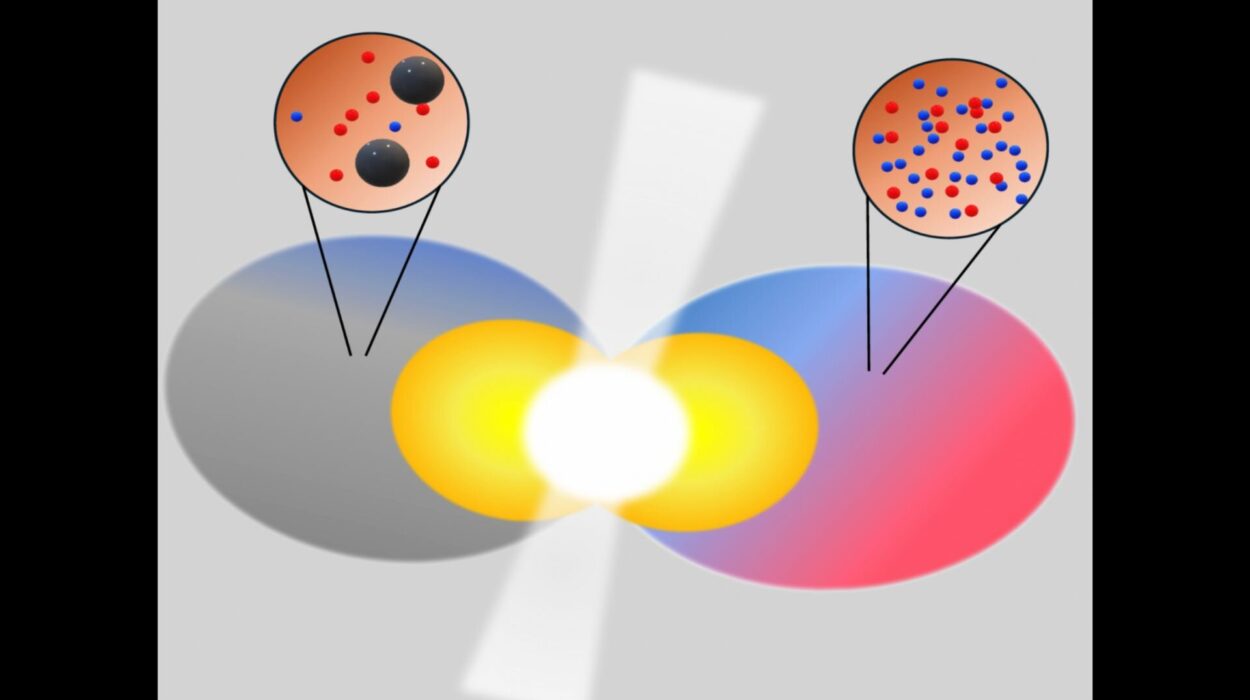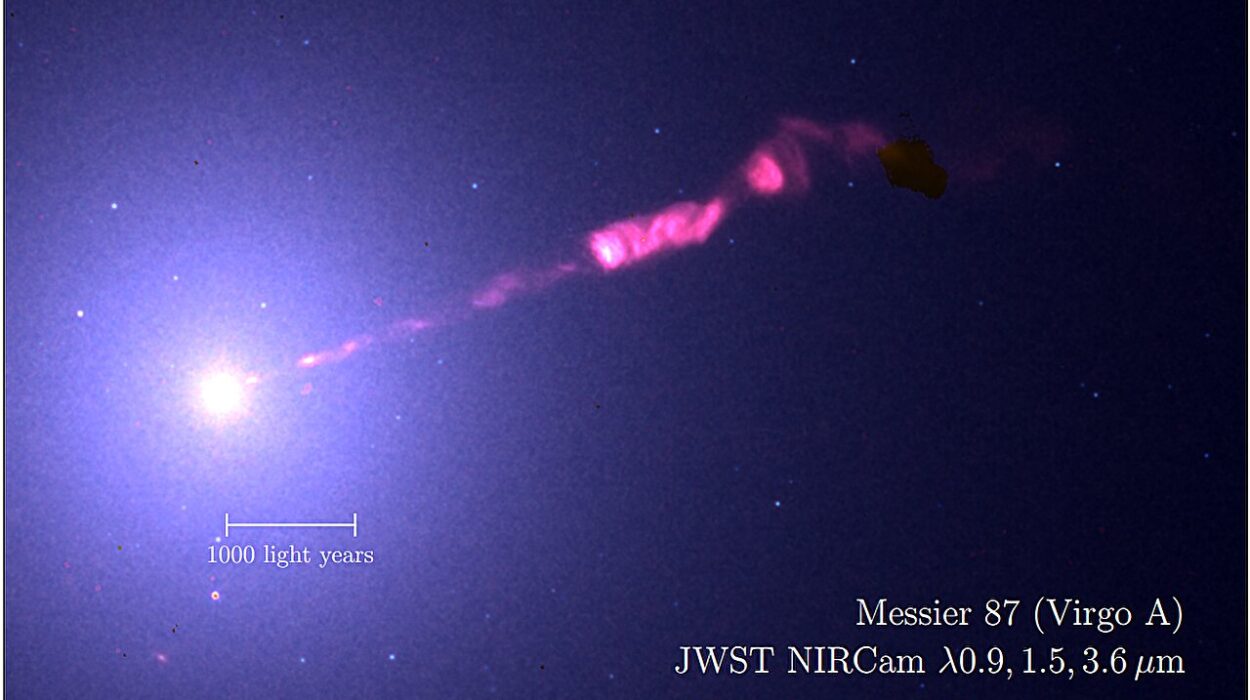Our home galaxy is often imagined as a silent disk of stars glowing gently in the night. But seen through a different kind of light — radio light invisible to the human eye — the Milky Way explodes with structure, color, violence, and birth. Astronomers from the International Centre of Radio Astronomy Research (ICRAR) have now assembled the largest and most detailed low-frequency radio color image ever made of the Milky Way’s southern skies, and the result is not only visually breathtaking but scientifically transformative.
Seeing in Radio Instead of Light
The human eye sees stars in white, amber, and blue. But the cosmic drama of stellar birth and death often hides at wavelengths we cannot see. Radio waves penetrate dust and clouds, revealing faint and extended structures that optical telescopes cannot capture. The new radio mosaic does exactly that: it lays bare the skeleton of the Milky Way by showing the glow of star-forming regions, violent remnants of dead suns, pulsars flickering like cosmic lighthouses, and gas stretching across hundreds of light-years.
The image is not a simple photograph — it is a constructed tapestry compiled from multiple nights of sky surveys and processed using high-performance supercomputers. It is a map not of what the eye sees, but of what the galaxy is doing.
A Technological and Human Achievement
The image was produced using data from two massive surveys — GLEAM and GLEAM-X — taken with the Murchison Widefield Array (MWA) telescope on Wajarri Yamaji Country in Western Australia. These surveys spanned years, and their raw observations required more than 40,000 hours of supercomputing effort to translate into a final, unified view. That burden was carried largely by Silvia Mantovanini, a Ph.D. student at Curtin University, who devoted 18 months to the construction of the radio image.

From the data emerged a picture with twice the clarity, ten times the sensitivity, and twice the sky coverage of earlier images produced in 2019. Its improvement is not academic — each gain in sensitivity reveals structures and objects that had previously been invisible. The Milky Way becomes sharper not just in beauty but in meaning.
A Galaxy of Births and Deaths
To a trained eye, this image is a census of cosmic life cycles. Large red bubbles mark where stars have died violently in supernovae, their explosions casting shells of gas outward into space. Blue patches indicate stellar nurseries — dense, collapsing clouds where gravity is knitting new stars together. Distinguishing one from the other allows astronomers to track the flow of material through the galactic ecosystem, to see how the ashes of stars become fuel for new suns.
Mantovanini’s own research focuses on supernova remnants — the dusty skeletons of once-massive stars. Hundreds are known, but astronomers suspect thousands remain hidden. Each remnant is a laboratory: a relic of nuclear fire, magnetism, shockwaves, and accelerated particles. The new image makes many of those relics visible for the first time.
Pulsars, Structures, and the Shape of Home
The mosaic is also a treasure for those studying pulsars — ultra-dense stellar corpses that spin and beam radio flashes into space with clock-like precision. Measuring them across multiple radio wavelengths helps unravel how they radiate and where they sit in the architecture of the galaxy.
More broadly, the image reveals enormous structures — loops, filaments, and cavities — that stretch across hundreds or thousands of light-years. These low-frequency structures are difficult or impossible to detect at higher radio energies. For the first time, the southern galactic plane is visible in full at these wavelengths, and that alone represents a milestone in human knowledge.
A Bridge to the Next Generation of Telescopes
This radio image is not the end of a journey but the beginning of a new phase. It will guide the next generation of telescopes — particularly the upcoming SKA-Low array, poised to eclipse all existing radio facilities in sensitivity and resolution when completed within the decade. Only SKA-Low will be capable of producing an even deeper and more detailed view of the Milky Way than this one.
Until then, the ICRAR mosaic stands as the definitive low-frequency portrait of our galaxy’s southern sky — a scientific atlas against which future discoveries will be measured.
New Data, New Questions
In addition to the visual impact, the surveys catalogued ninety-eight thousand radio sources — not only within the Milky Way but far beyond, including planetary nebulae, compact ionized gas clouds, and galaxies unrelated to our own. This population will serve as a roadmap for future studies of cosmic magnetism, stellar evolution, galactic structure, and dark matter environments.
The richness of the catalog raises new questions: How many supernova remnants are still hidden? How exactly do pulsars emit their radio beams? What drives the largest radio-bright structures in the Milky Way, and how do they connect to the motion of gas through the disk?
A New Vision of Where We Live
This image is more than a technical accomplishment. It rewrites our mental picture of home. In radio light, the Milky Way is not a still postcard in space but a turbulent, restless engine — birthing stars, extinguishing them, seeding the galaxy with debris, and cycling matter through time. The southern sky, once a dark field of dots, now glows with memory: the aftershocks of ancient explosions and the gestation of future suns.
In one sweeping view, astronomers have turned the invisible visible and given us not just a prettier map, but a deeper understanding of the galaxy we inhabit.
More information: GaLactic and Extragalactic All-sky Murchison Widefield Array survey eXtended (GLEAM-X) III: Galactic Plane, Publications of the Astronomical Society of Australia (2025). DOI: 10.1017/pasa.2025.10094
